with frame cm 71x91x5;
signed lower left
Provenance: Turin, Private Collection
Born in Tempio Pausania, Sardinia, Menzio moved to Turin in 1912, where he attended the Albertina Academy but was soon expelled. He continued his self-taught path, paying close attention, without becoming a student, to the lessons of Felice Casorati.
His early exhibition debut dates back to 1921 with the "dissidents" exhibition at the Promotrice delle Belle Arti held at the Mole Antonelliana. In 1924, he was among the twenty Italian artists exhibited at the Galleria Pesaro in Milan, a show that brought together some of the subsequent protagonists of the Novecento and the Group of Six from Turin. Invited by Margherita Sarfatti to exhibit at the first exhibition of the Italian Novecento in 1926, he joined the group, participating in the collective exhibitions of the Novecento artists in Zurich and Geneva in 1927.
Between 1927 and 1930, he frequently stayed in Paris, where he had the opportunity to directly experience the works of the Impressionists and Post-Impressionists, particularly the Fauves and Cézanne. Their influence led him towards more fluid and liberated expressive forms, moving away from the classicism and robust plasticity of Casorati's early teachings.
In 1929, the Group of Six (Boswell, Chessa, Galante, Levi, Menzio, Paulucci) was formed, promoted by the critic Edoardo Persico. The short-lived experience (1929-1931) of the Group of Six from Turin was a reaction to the Novecento Italiano group and its classicist and archaic mandates, often based on the self-celebratory needs of the rhetoric of the regime.
Opposing these principles, the six young artists from Turin turned to art with an international scope, with a special focus on French tradition and Impressionist models, considering them as examples of freedom in visual sensation against the fixed classicism of Novecento. While maintaining a rupture with Novecento in terms of aesthetic quarrel, they diverged in their paths. Alongside Levi, who was confined in 1935 and later authored the well-known "Christ Stopped at Eboli," was Paulucci, who worked for the Exhibition of the Fascist Revolution in 1933. Their inclination towards a supra-national painting in an autarkic Italy, with a provincial nationalism that deemed French influences exotic, represented a methodological choice and an intellectual distinction of considerable significance.
The 1930s and 1940s, which marked the painter's full expressive and creative maturity, saw Menzio resolve his artistic approach in a solitary and autonomous manner. Deaf to the allure of power, he always refused any invitation to join fascism, establishing himself as an uncompromising painter.
In 1942, Menzio was evacuated from Turin and took refuge in Bossolasco, in the Langhe region, with his wife Ottavia and their children. The same year, he won the IV Bergamo Prize ahead of Guttuso's famous Crucifixion. With his painting "La famiglia in campagna," depicting an intimate and colloquial scene, Menzio took a path that stood in opposition to the regime's celebrations but also offered an alternative to the more drastic and expressionistic compositional and chromatic deformations proposed by Guttuso. Menzio's art thus made a decisive contribution to the renewal of Italian figurative art, a figurative art that was not avant-garde or ideological but aimed at reconstructing an intimate and lyrical vision of everyday life.
After the war, Menzio frequently participated in major national art events, and his participation in the Venice Biennales was consistent until 1958. From 1951, he held the Chair of Painting at the Turin Academy, and in the 1950s, he worked as a fresco painter alongside Casorati for the decoration of the Storie di Santa Caterina (San Domenico, Cagliari) and the Aula Magna of the University of Genoa.
Menzio's artistic poetics revolved around a few recurring themes: portraits and still lifes composed of selected everyday objects such as vases, fruit baskets, dried leaves and flowers, and plaster busts, often accompanied by the presence of a mirror. Another characteristic of Menzio's art is landscapes, particularly noteworthy are his views of the Po River and the Piedmont hills. These visions are often constructed as glimpses seen through a window, indicating that those places are nothing but the outer extension, the external continuation, of the painter's inner world, his physical space, the studio, which encompasses and guards an even more secret and intimate realm of the soul.
Good state of preservation
For further information please contact us


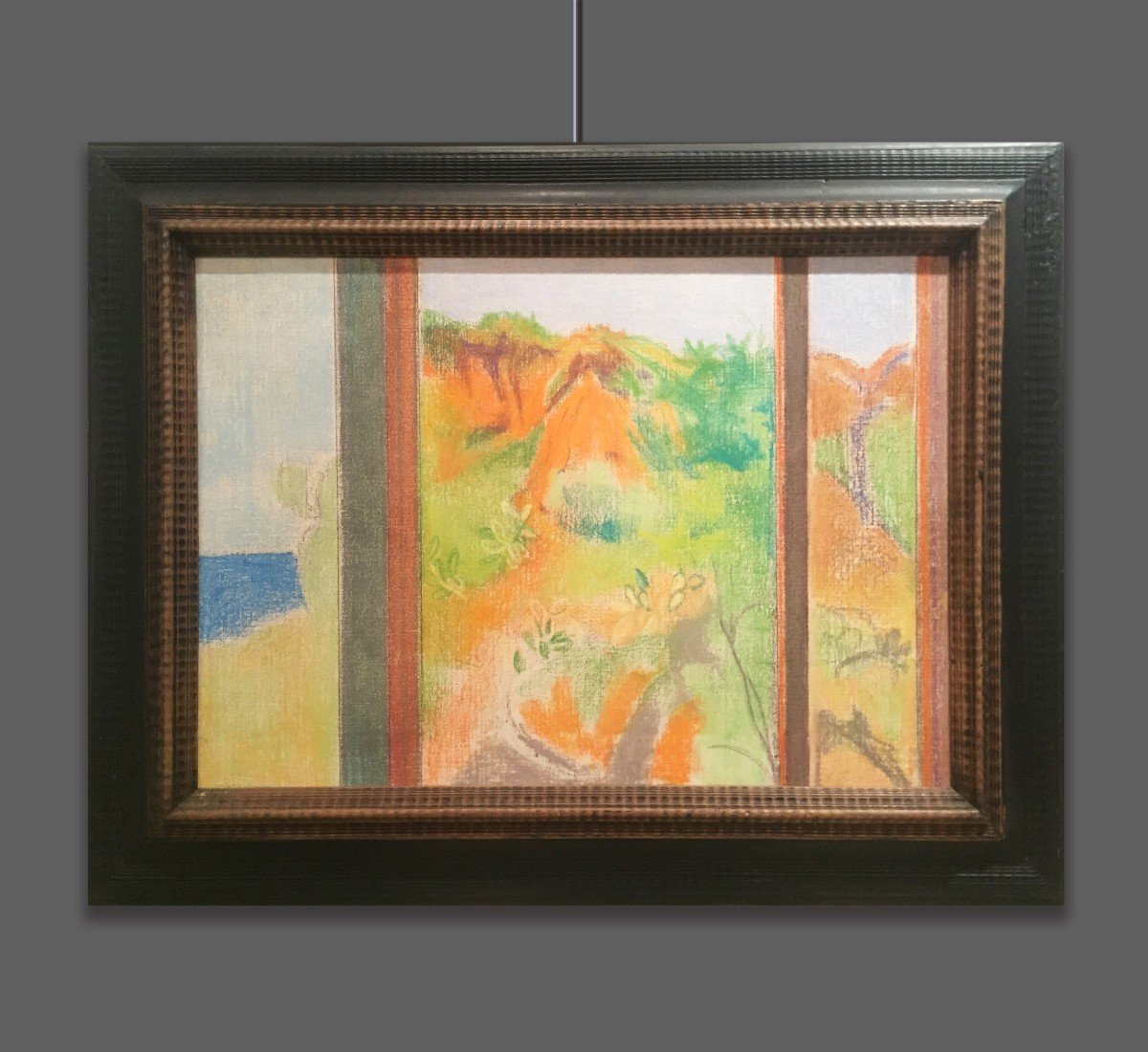
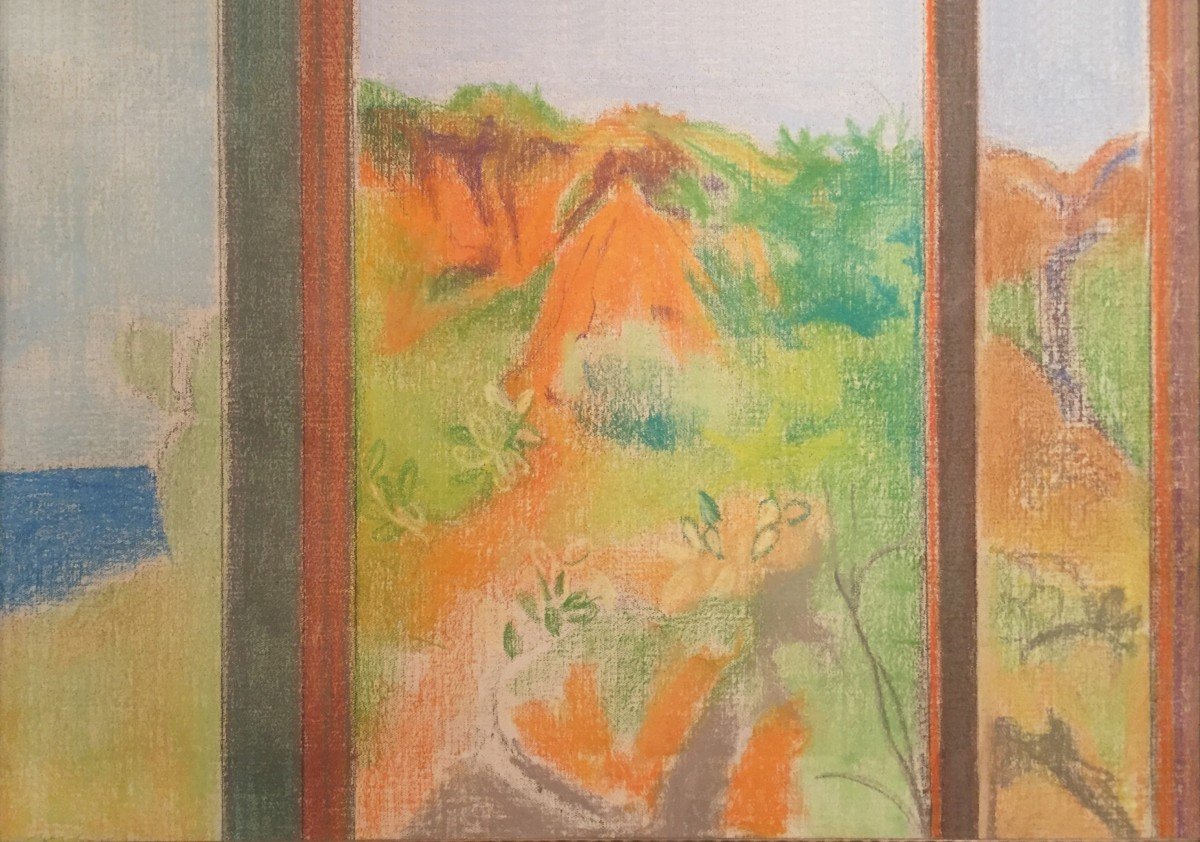
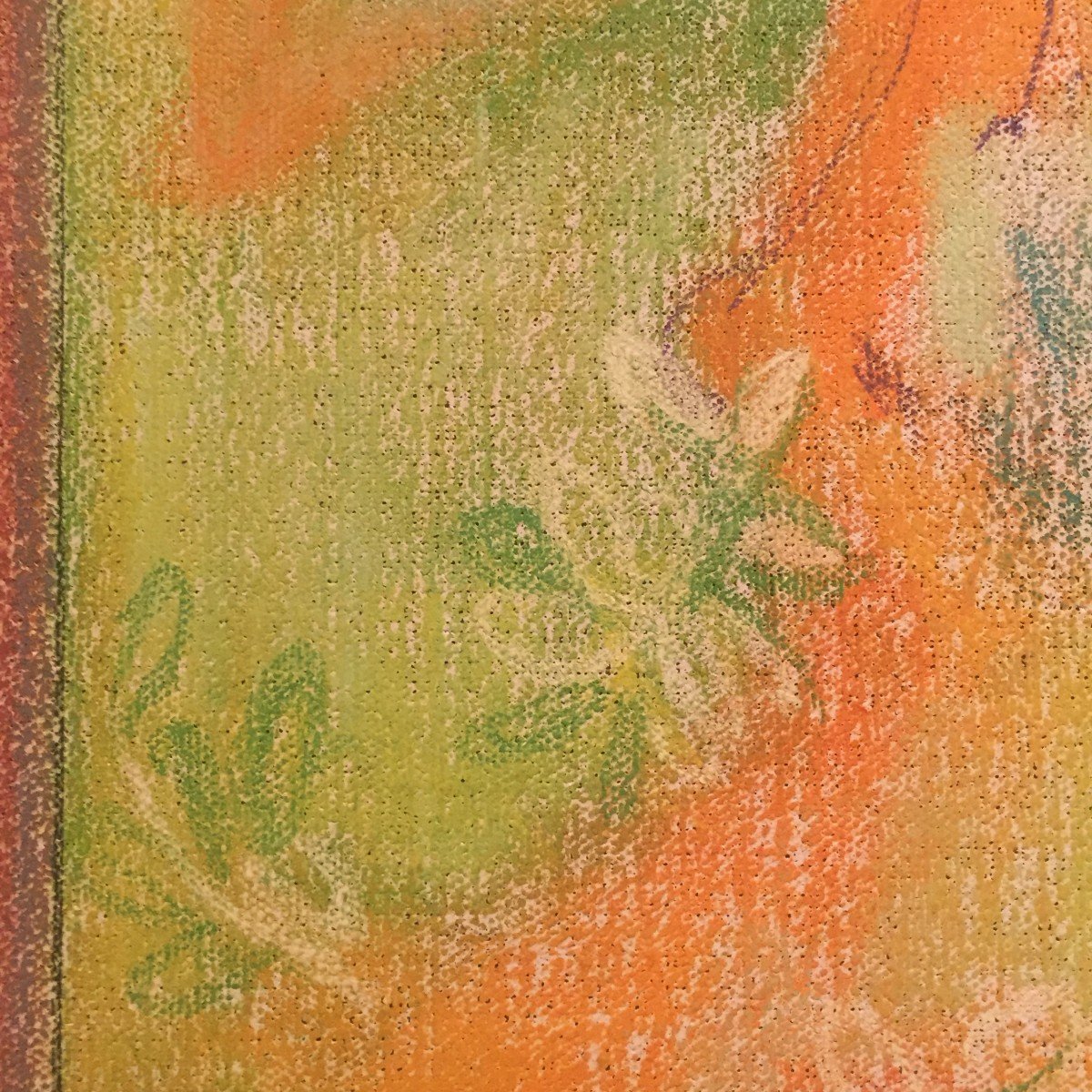
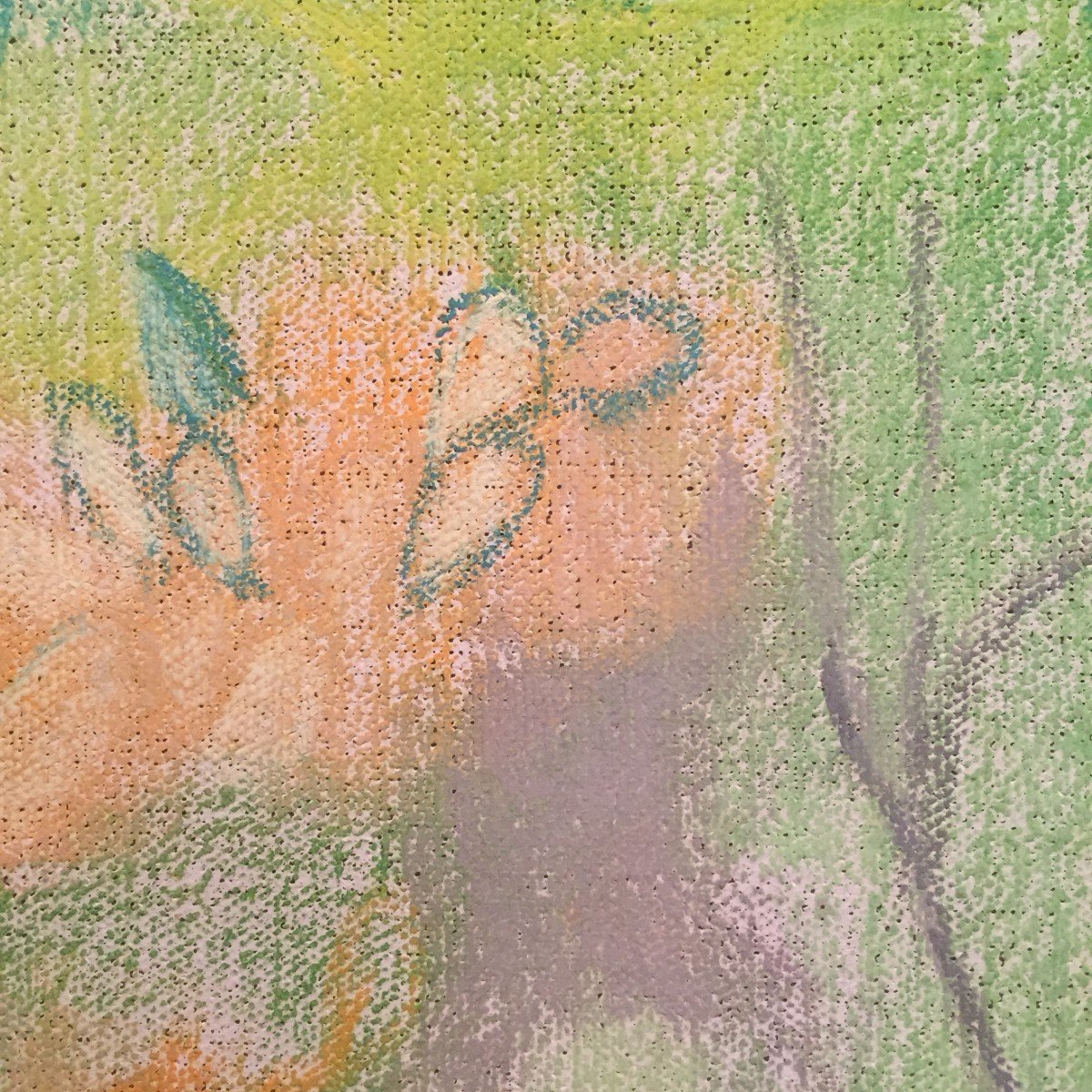
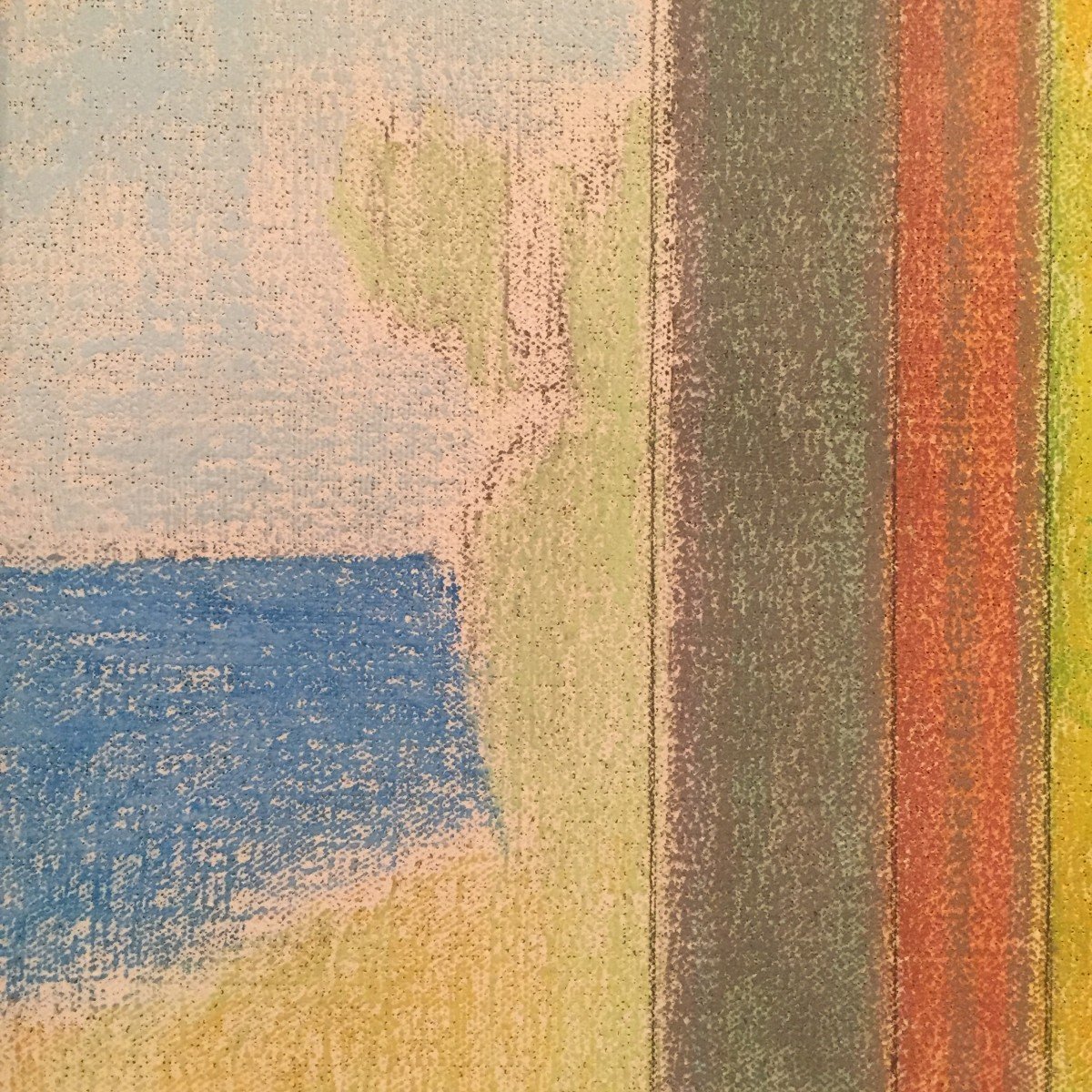
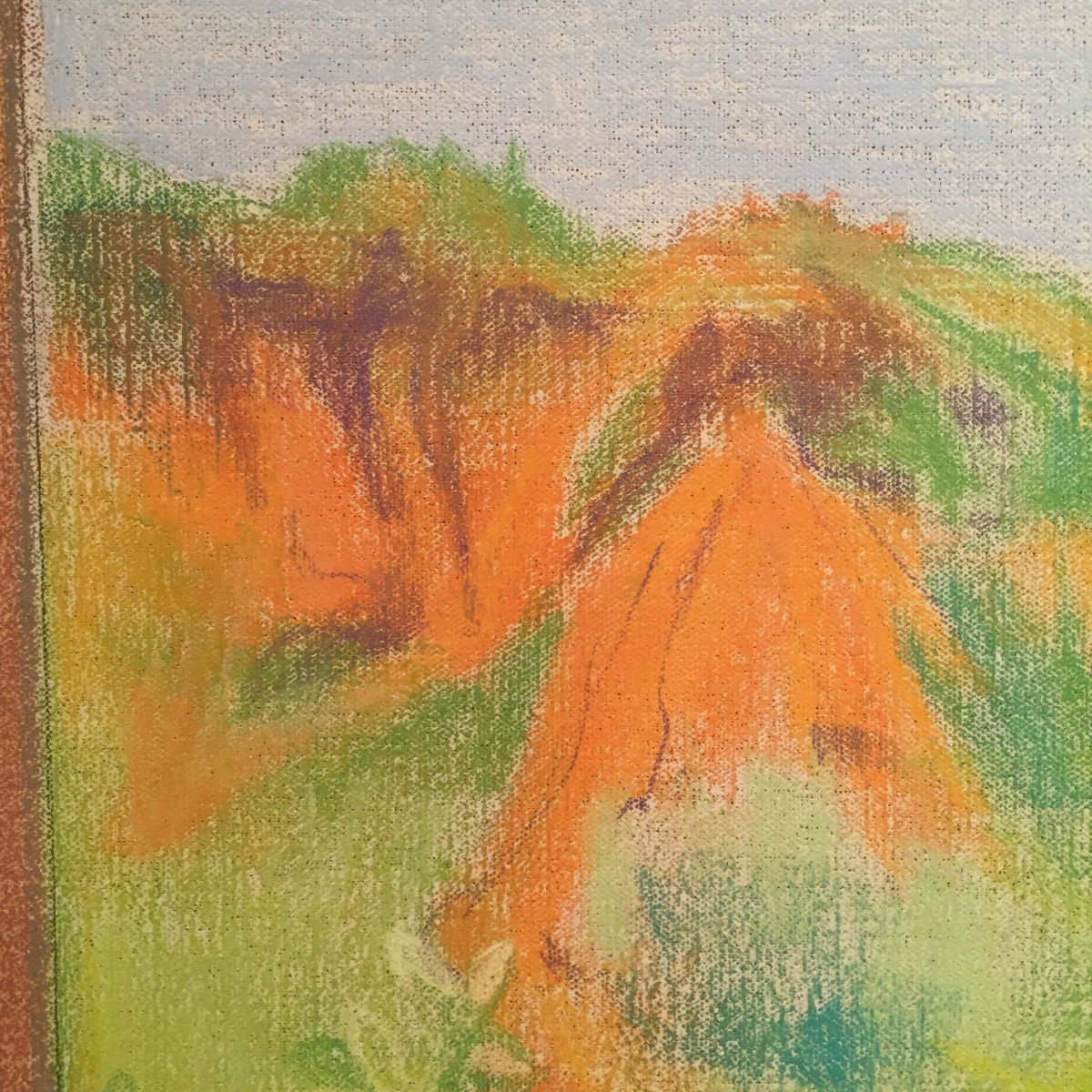
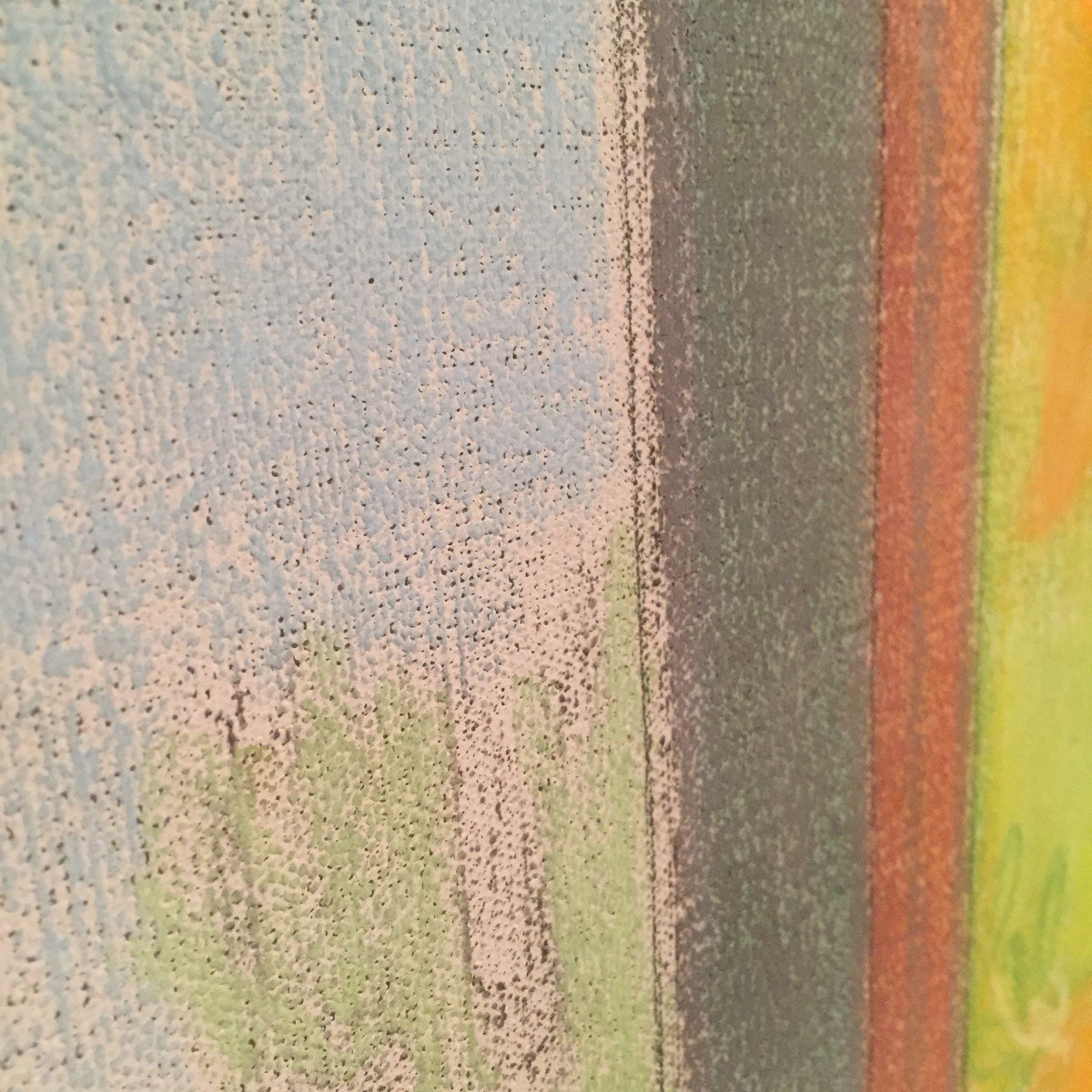
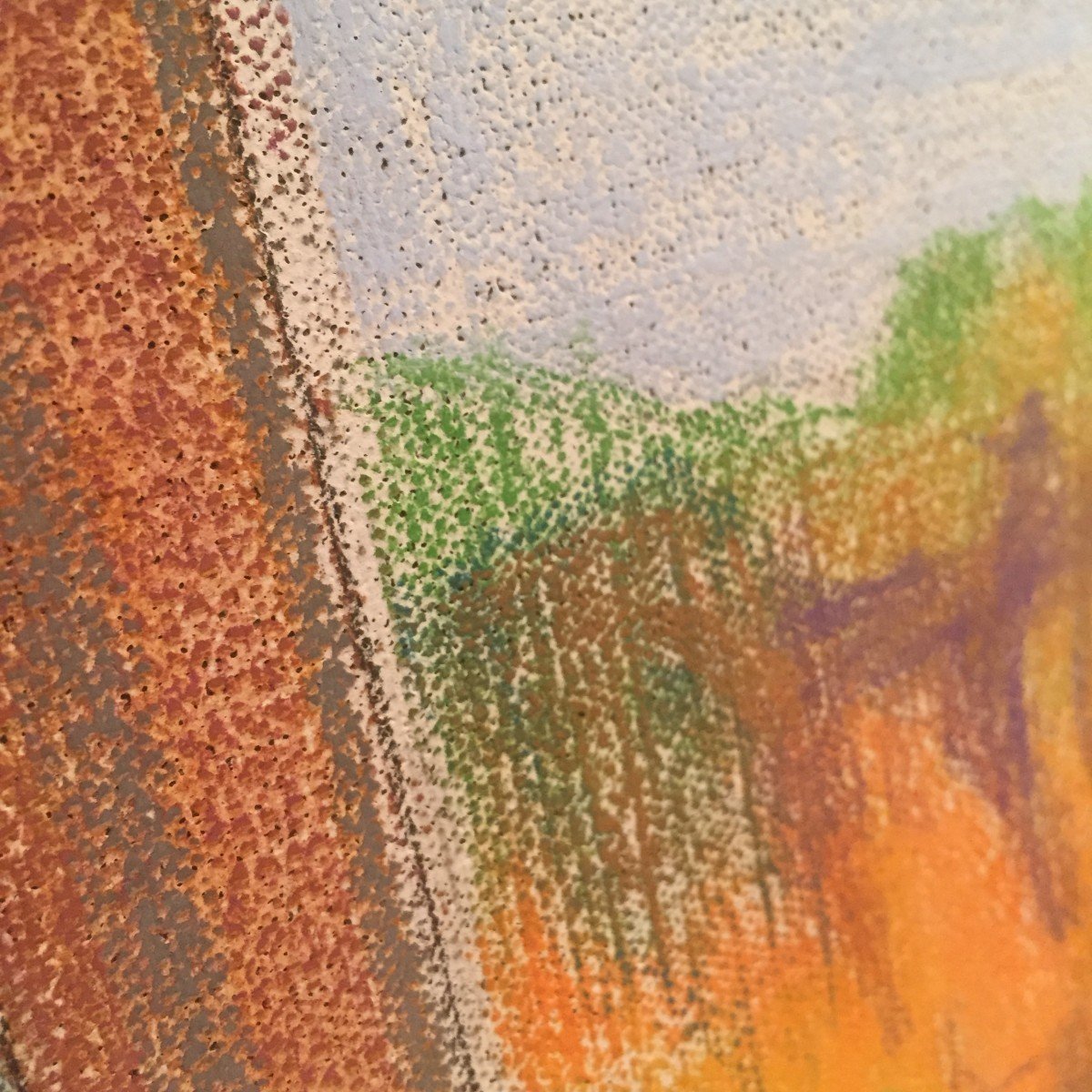
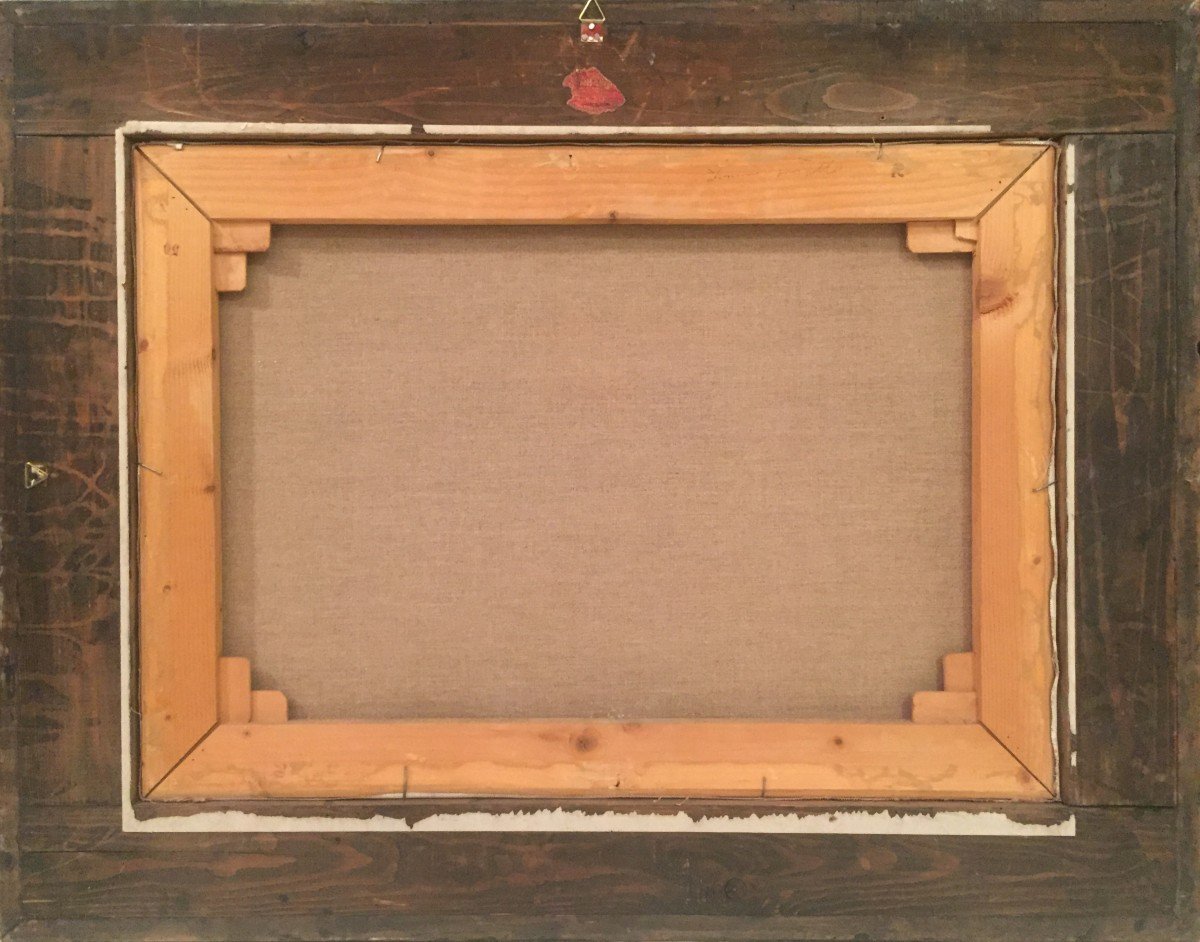

















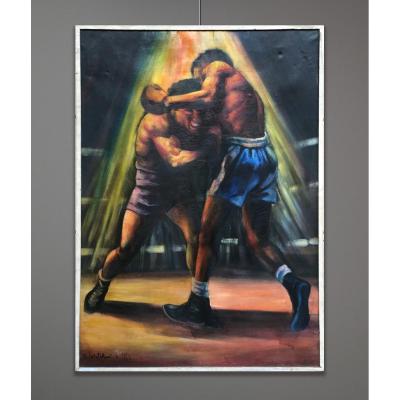



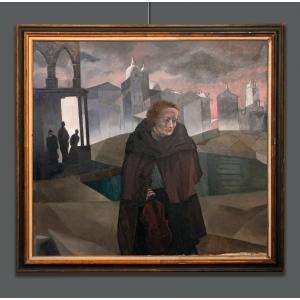
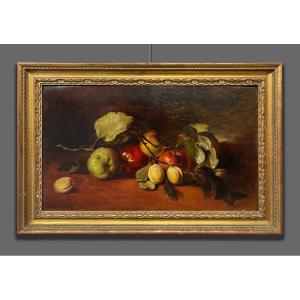
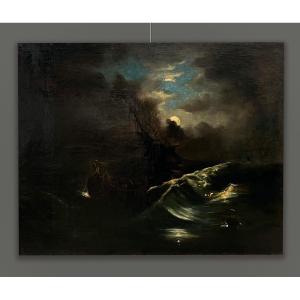



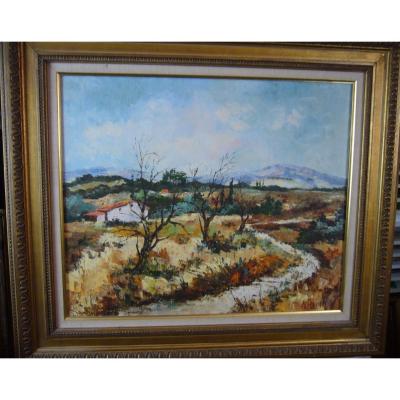





 Le Magazine de PROANTIC
Le Magazine de PROANTIC TRÉSORS Magazine
TRÉSORS Magazine Rivista Artiquariato
Rivista Artiquariato